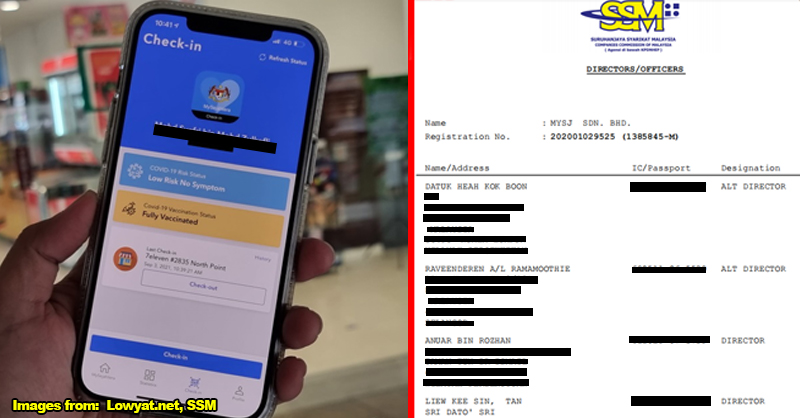MySejahtera changes back to blue after 7 days… but our writer still tested positive
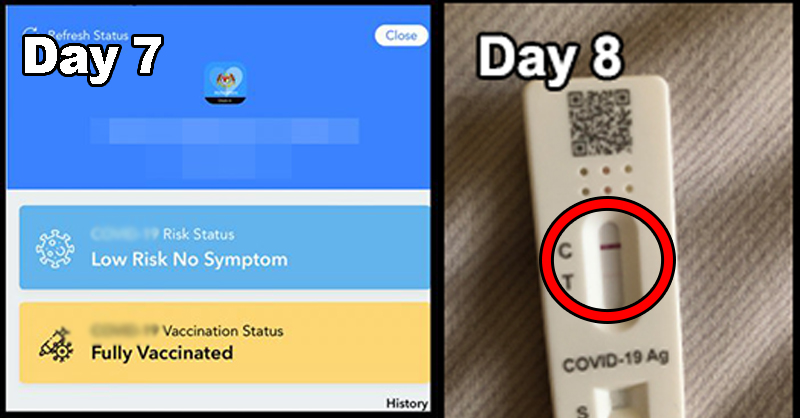
- 98Shares
- Facebook74
- Twitter5
- LinkedIn4
- Email5
- WhatsApp10
If you’re a regular reader of Cilisos, you might have seen one of our previous articles where we tested rapid self-test kits (RTK).
- We got a Cov1d positive person to try 10 RTK self-test kits… Here’s how many failed
- We tested 10 kits again on our Cov1d-positive writer. This time, a lot more failed
- Here’s how to 100% get a positive RTK test EVERY TIME, using only kedai runcit items
Now we’re back again with more!
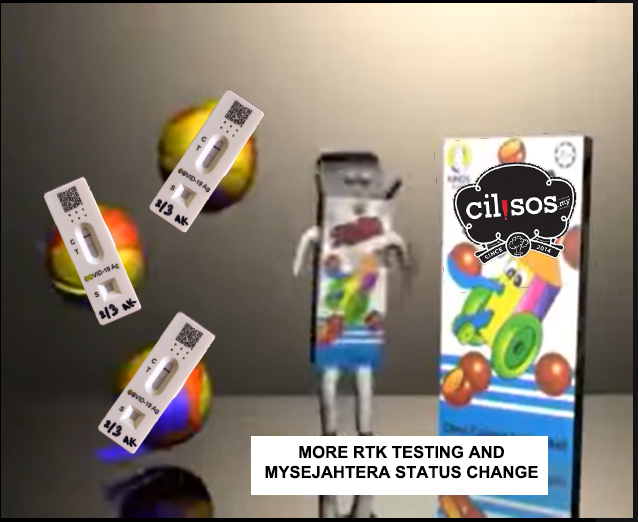
After somehow avoiding the Cocojumbo for two years, four of our writers were infected within a span of two months this year. But besides testing positive, we are also positive optimists, so we decided it was an opportunity to corner the unenviable market of in-house experiential c-positive articles, where (this time) we try to find out:
- How many days before you test negative with an RTK
- Is the MySejahtera change back to blue low-risk status accurate?
As a necessary disclaimer, keep in mind that not all variants are the same. Right now, the dominant variant is Omnomnomicron, so by the time the new Omidelta XE-13 Pro Max 5G variant comes out, your experience might be different. Similarly, the hardworking peeps at the Health Ministry are continuously updating the SOPs based on the WHO’s advice, so what is true now might not apply by the time you’re reading this.
With that out of the way, let’s get to the results.
It took us 9 days to get a confirmed negative result with the PCR test
Except for the first day where we did a nasal swab RTK test, we went with the Alltest antigen RTK saliva test for the other nine days because it’s the cheapest we could find so we can have a controlled variable.
You can take a look at the collage we made below for the results, where all of them were taken after roughly 15 minutes of waiting.

In case you can’t see the picture, the results are:
- Day 1 to 4: Positive
- Day 5: Negative (nani???)
- Day 6 to 8: Positive (with lighter T line)
- Day 9 and 10: Negative
As you can see, it took nine days to get a negative result, which was confirmed again on the tenth day. From day 6 to 8, the T line also started getting less clear, which could be a sign that the viral load in his system was decreasing.
You might also notice that on the fifth day, the writer tested negative but got a positive result again the day after. We’re not sure why this happened – but in general, RTK tests aren’t as sensitive as a PCR test which we’ve explained in more detail before, so a likely explanation is there just wasn’t enough of a detectable viral load in the writer’s pui pui that day.
Interestingly, while researching this article we also found that after a certain length of time, you might not be infectious anymore even if you test positive on the test. This time period is roughly similar to the required quarantine time for positive cases, but we’ll explain why later in this article.
But first, we’ll take a look at the gatekeeper for all of this – Mysejahtera.
Our MySejahtera status changed to low risk on the tenth day
For reference, this writer was confirmed positive on Feb 28 and his status changed back to blue on March 9, which was before the new SOPs came into effect. Following the previous SOPs, it took 10 days to get that blue colour low-risk status in his MySejahtera app again.
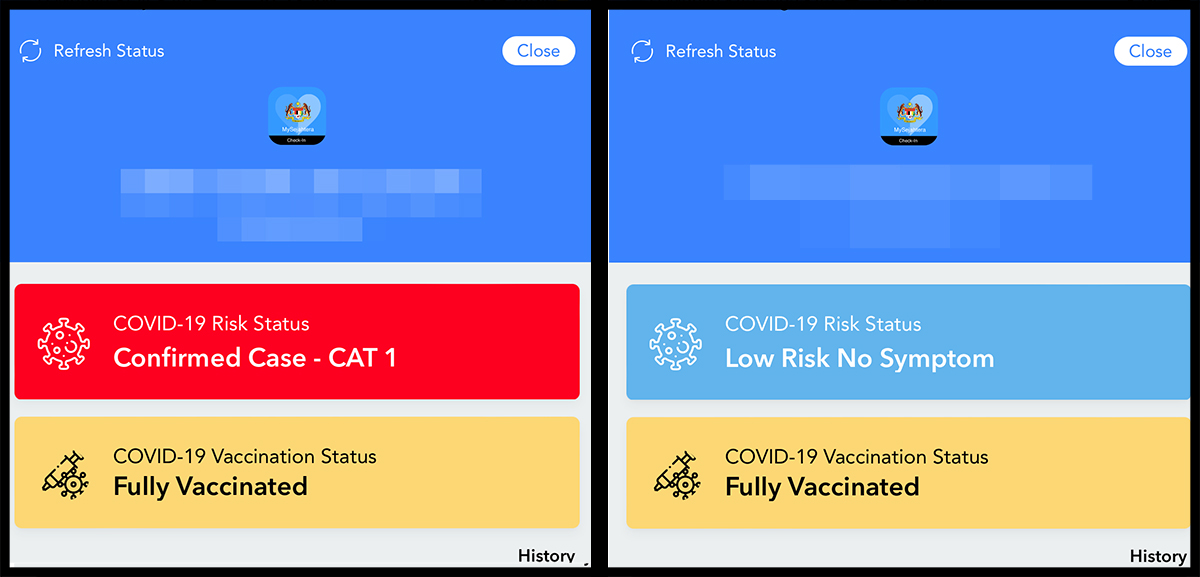
In case you don’t know, you HAVE to self-report if you tested positive. Not doing so is a crime, but, more importantly, so that you can get appropriate care if your situation gets worse. If you’re a pemakan gaji like us, this quarantine order also works as an MC for you to get leave from work.
Reporting is pretty easy – just go to the self-report section in your MySejahtera app and include a picture of your positive RTK result. After that, the app will update your status to red and assign you the category based on your condition.
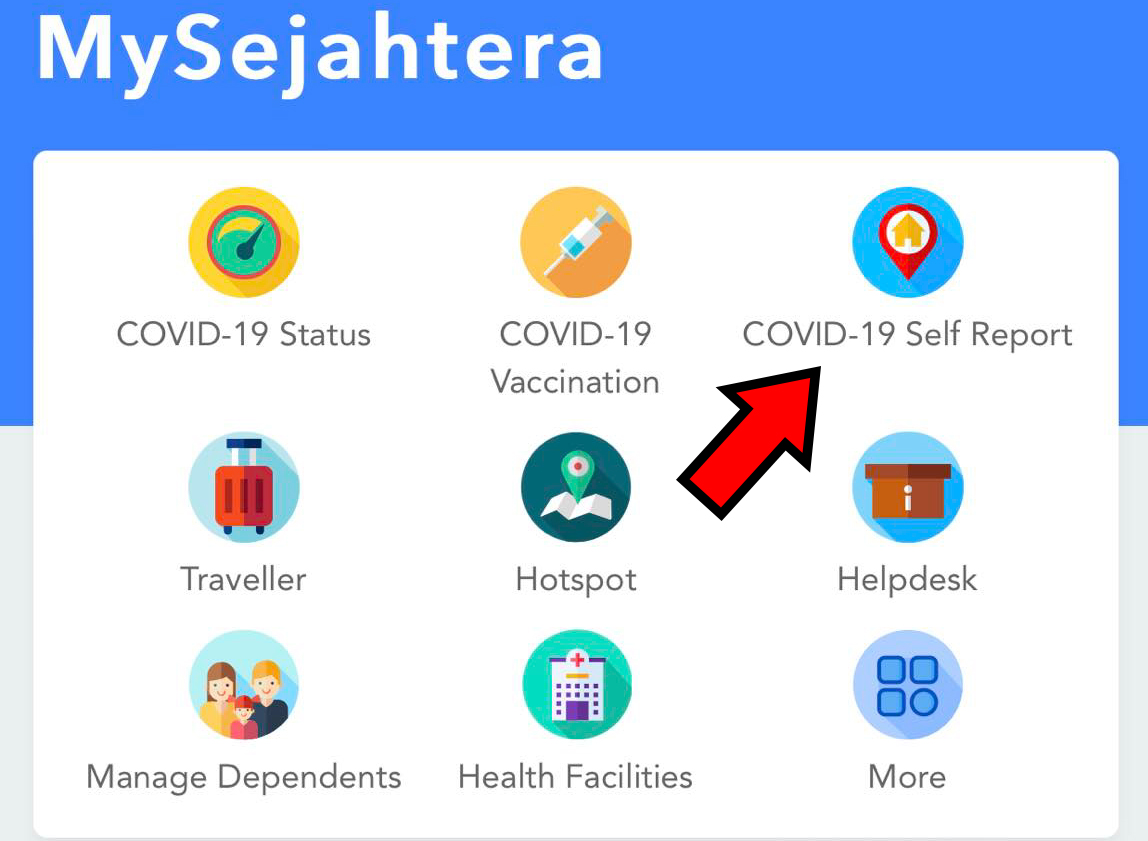
As you quarantine at home, you’ll also need to fill in a daily self-assessment, basically updating whether your condition is getting better or worse. You might also need to include some hard numbers like oxygen level and temperature, but if you don’t have the right equipment like an oxymeter or thermometer, you can just put in NA in the form.
If you’re the type who forgets things easily, the MySejahtera system will also be like a naggy parent from early 2000s and send you an SMS if you forget to fill it in.
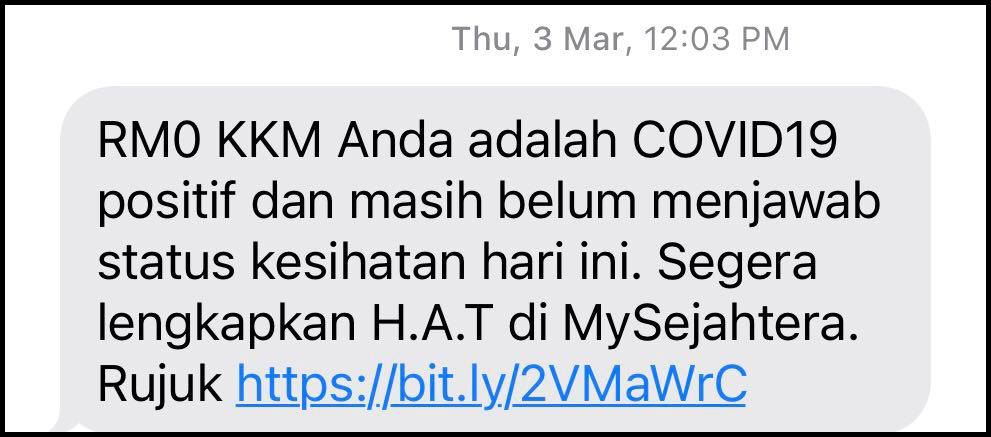
Then on the tenth day* when the writer got a confirmed second negative result, their MySejahtera status changed to low risk again.
At first we thought it was some canggih MySejahtera algorithm which deduced our writer was getting better because he pembaris and isi the self-report without fail. Turns out, this was just the SOP at the time he was infected so TL;DR: It’s automatic.
*This SOP for home quarantine has since been updated effective May 1st 2022:
- Fully vaccinated: 7 days
- Unvaccinated or partially vaccinated: 10 days
So if you have to home quarantine, it’ll only take 7 days for your MySejahtera to change to blue again. In addition, Daddy KJ also announced that positive cases can be released from isolation after 4 days if the supervised RTK test comes back negative.
But now here’s the thing… if we tested negative ngam-ngam on the 10th day, would the new SOPs mean that many people would still likely be positive when they’re released from quarantine?
You’re probably not infectious anymore at the end of quarantine
If you check out the Health Ministry’s latest guidelines, you’ll see that after 7 days, you can be released without even needing to do a test. This might sound surprising – especially cause some of us wait till we test negative 2 days in a row to “confirm” we’re clear.
This change is because, after about 7 days – which is also the current quarantine period as of publishing time – you likely won’t be able to spread the virus anymore. To quote DG Noor Hisham himself on the updated SOP:
“However, the virus is no longer able to reproduce and the individual is unlikely to be able to spread the infection.” – DG Noor Hisham’s media statement, as quoted by FMT
So TL;DR: MySejahtera’s risk assessment is actually pretty accurate based on the latest scientific evidence. You might still test positive after you recover, but you won’t be infectious anymore.
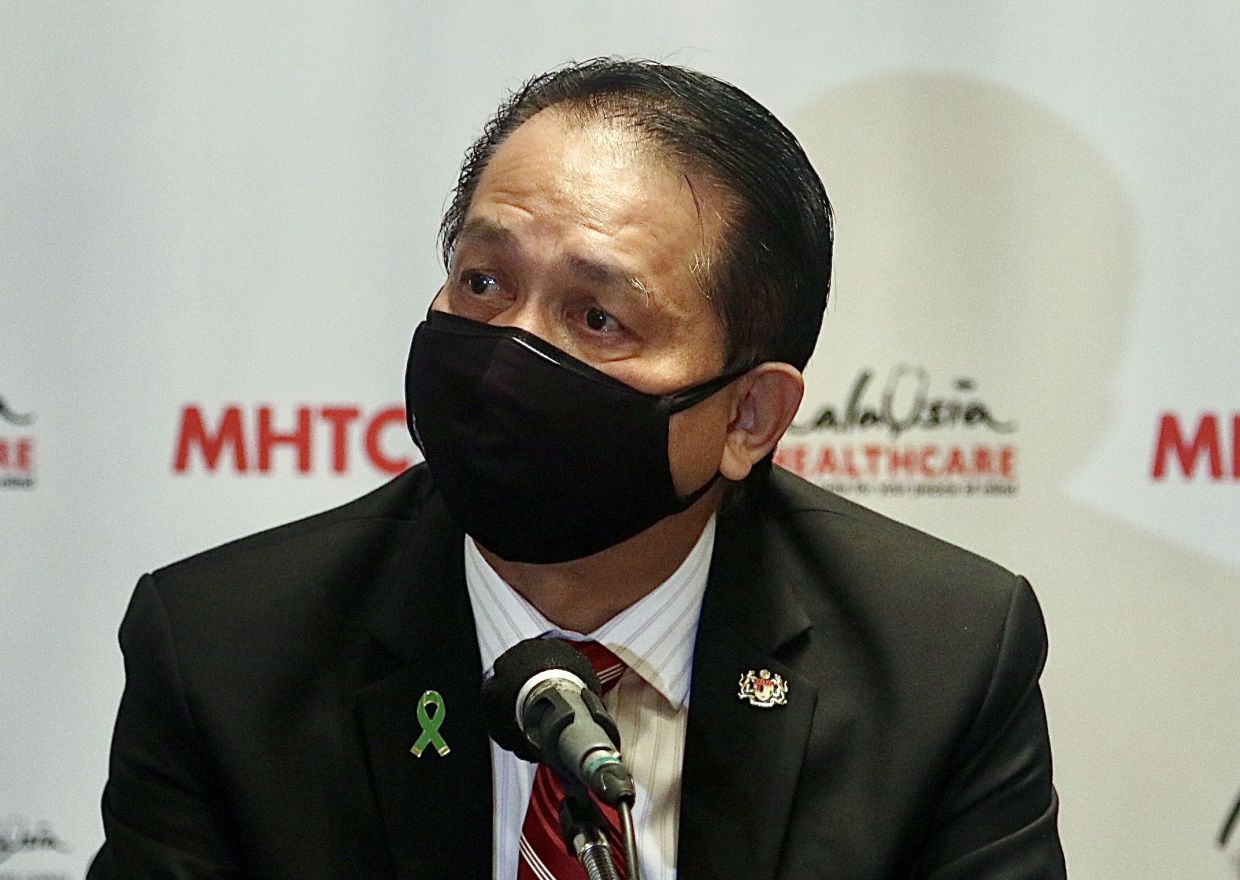
You might still test positive using sensitive tests such as PCRs, where some people have tested positive up to 83 days after recovering. But the good news is that the tests are just detecting the virus’ dead particles, and there’s no evidence that you can transmit the virus after recovering.
Still, there’s probably still some level of caution to consider if you’re around high-risk groups such as senior citizens; and you might wanna wait the full 7-day period even if you test negative after 4 days. As new variants appear and our Health Ministry’s SOPs change, it’s best for you guys to keep up with the current SOPs which, in fact, changed once while the writer was positive AND again while he was writing this article.
Stay negative, guys!
- 98Shares
- Facebook74
- Twitter5
- LinkedIn4
- Email5
- WhatsApp10

